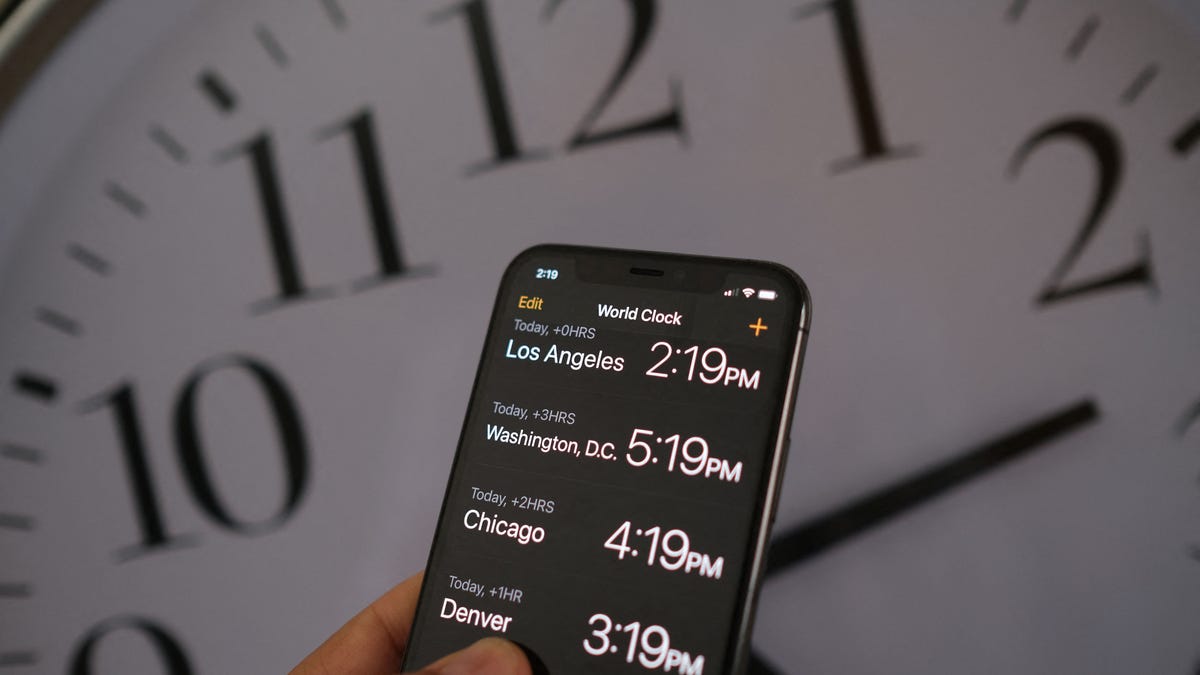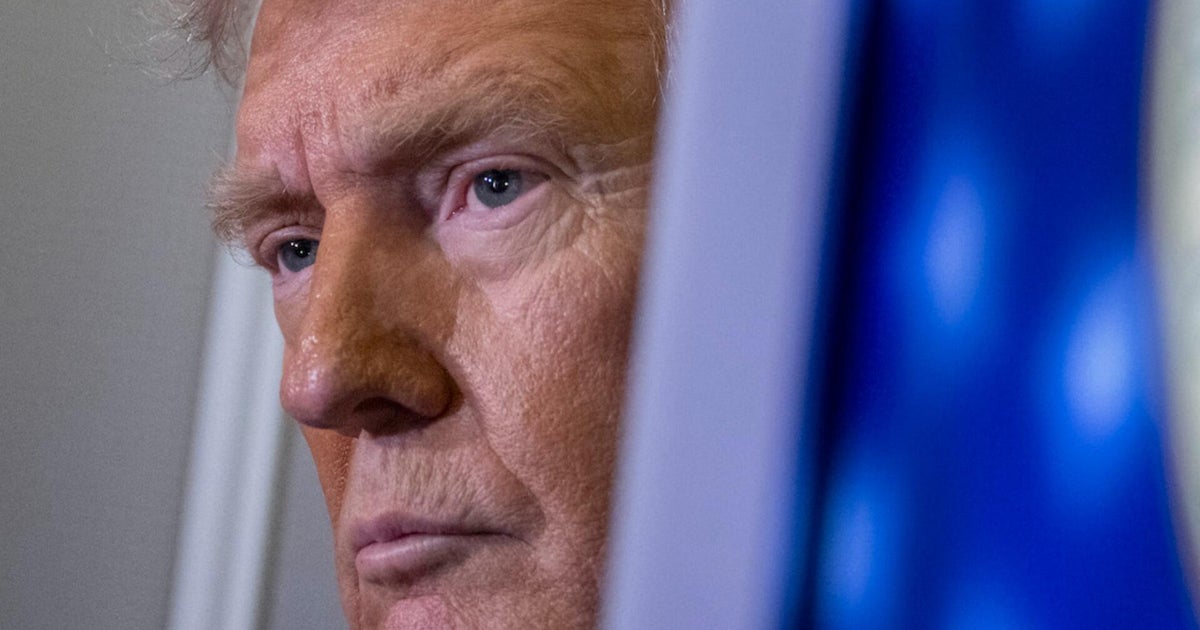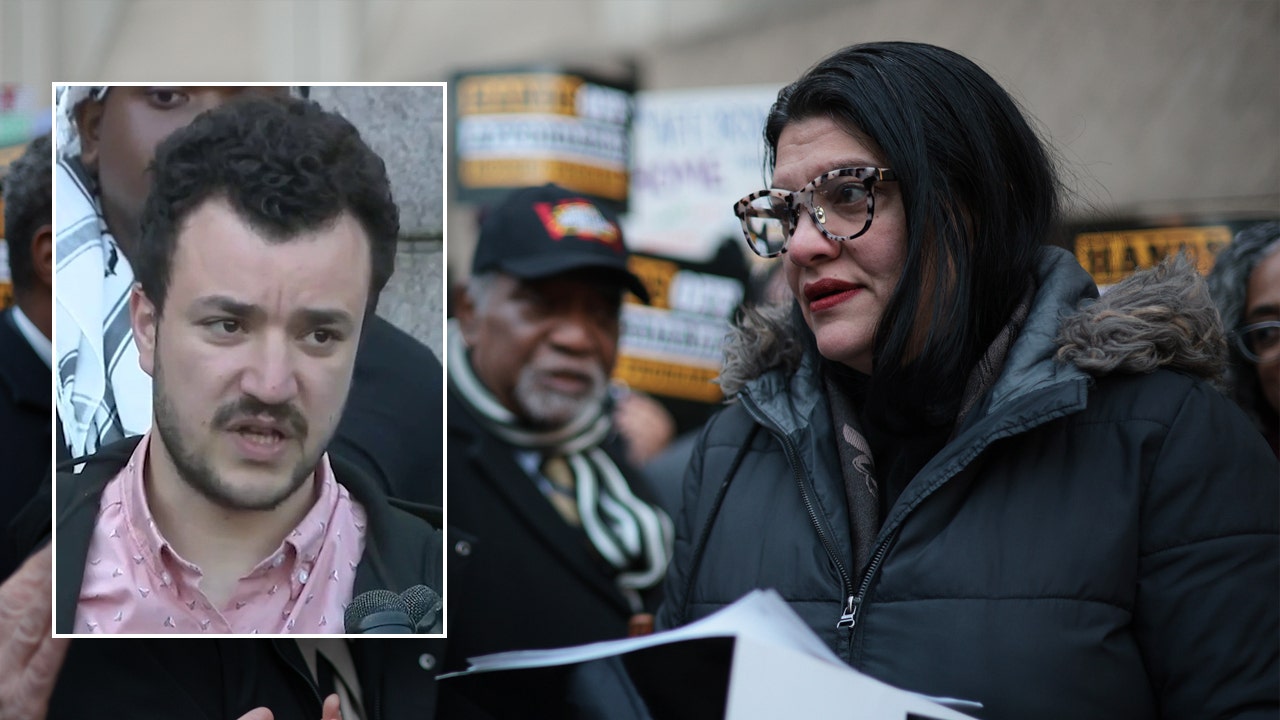World
Haley and Ramaswamy show the rising political power of Indian Americans even as they feud in debates
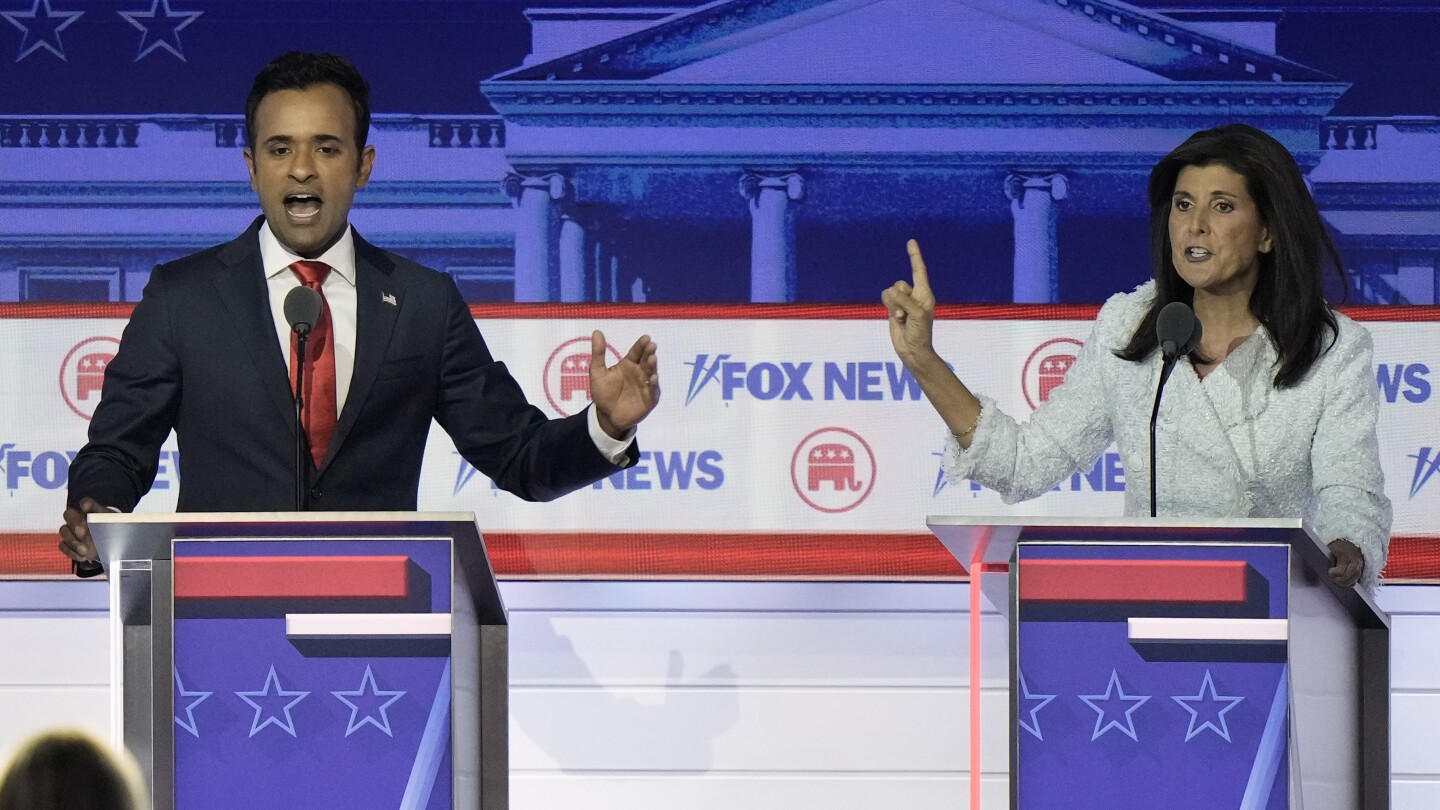
The tension between Nikki Haley and Vivek Ramaswamy was hard to miss when they last met on a debate stage.
“Every time I hear you, I feel a little bit dumber for what you say,” Haley told Ramaswamy.
Responding to the broadside, Ramaswamy argued “we will be better served as a Republican Party if we’re not sitting here hurling personal insults.” He later told reporters he would “use smaller words next time to make it easier” for Haley.
The two are poised to meet again on Wednesday for the third presidential debate, one of their final chances to make a case in front of a large audience before voting begins in the GOP primary next year. Though they are polling far behind former President Donald Trump in the race for the 2024 nomination, Haley and Ramaswamy represent the growing political influence of Americans of Indian descent and are a reminder of the nuanced views within the Indian diaspora.
“It is a growing, heterogeneous community,” said Milan Vaishnav, the director of the South Asia Program at the Carnegie Endowment for International Peace, who co-wrote a study about how Indian Americans vote.
Haley and Ramaswamy exemplify the diversity of views among Indian Americans.
A former South Carolina governor and later U.N. ambassador for Trump, Haley generally aligns with the party’s traditional establishment, particularly when it comes to foreign policy. The 51-year-old has called for continued support for Ukraine in its war with Russia and has portrayed the 38-year-old Ramaswamy as untested in world affairs. A biotech entrepreneur, Ramaswamy has pilloried the GOP’s establishment wing and questioned the need for continuing to back Ukraine.
They both are out of sync with the broader community of Indian Americans, who overwhelmingly support Democrats. A recent survey by the Pew Research Center found that 68% of Indian American registered voters identified as Democrats and 29% identified as Republicans.
“What we are seeing with the Republican field is not representative of where the Indian American population is as a whole,” Vaishnav said.
Republicans may not be on the verge of winning over the Indian diaspora in America. But even marginal gains could be notable in closely contested states.
There are segments of the diaspora that still support, fund and engage in advocacy related to Indian politics. But for most Indian Americans, issues stateside matter more, said Maina Chawla Singh, a scholar-in-residence at American University’s School of International Service.
“The political positions for Indian Americans will be shaped by what matters within the U.S. context — whether it is reproductive freedom, anti-immigrant policies, recession or hate crimes,” she said. “That is what ultimately swings it for them because it is their future.”
Sangay Mishra, a political science professor at Drew University in New Jersey, said he believes Indian Americans now are well placed to produce conservative thinkers and political aspirants because they can easily get behind ideas such as a free market, low taxes and the meritocracy.
“If we say 3 out of 10 Indian Americans are Republicans, we can conclude that these candidates are not aberrations, but they also do not represent the dominant thinking in the community,” he said.
Indian Americans have now “settled in and become a part of the U.S. society” compared with where they were between the 1960s and the 1980s when the first wave arrived, Mishra said.
He said Trump’s election in 2016 also motivated more progressive Indian Americans to get involved in local city council and school district races.
“I’ve seen examples of people who felt like they needed to challenge that environment where populations such as immigrants, women and Muslims were being marginalized.” The election in 2008 of Barack Obama as America’s first Black president and Kamala Harris, whose is half Indian American, as vice president in 2020, also played a role, he said.
While Mishra and other researchers see no potential shift in party allegiance among younger voters, 26-year-old Rohan Pakianathan, a graduate student of public policy at Rutgers University, says he can envision himself working in a conservative think tank someday. Pakianathan is supporting Ramaswamy.
“I identify with Vivek because I think that’s what the future of politics and the future of the Republican Party should be,” he said.
Like Ramaswamy, Pakianathan’s parents emigrated to the United States from southern India. Even though his parents are Democrats and progressive, they respect Ramaswamy’s candidacy, he said.
Pakianathan, who is Christian, says Ramaswamy’s Hindu faith is not an issue for him because he views America as a Christian country that was founded on Judeo-Christian values.
Pakianathan said he sometimes feels alone in his own community, with his sister and most of his friends leaning Democrat, but he has never had a problem engaging in civil debates.
“Eventually, I’d like to see America have a candidate whom both parties can acknowledge and respect,” he said. “I hope we can get to a place where it doesn’t have to be one side against another.”
Henry Olsen, senior fellow at the Ethics and Public Policy Center in Washington, said the candidacy of Indian American candidates is an extension of a “real openness” the Republican Party has shown to people of color.
“There is no barrier to the rise of talent when talent shows itself,” he said.
Regardless of these candidates’ prospects, the Republican Party does have an urgent need to “do well with people of color” because their share of America’s electorate will continue to rise, Olsen said.
He added that the GOP might also have to position itself as “less observably and doctrinally the Christian party” in order to appeal to large swaths in diaspora communities that are not Christian, as well to those who are unaffiliated with any organized religion.
“If you tell people they are not welcome, they will most likely not knock on the door,” he said.
__
Associated Press writer Holly Ramer in Concord, New Hampshire, contributed to this report.
___
Associated Press religion coverage receives support through the AP’s collaboration with The Conversation US, with funding from Lilly Endowment Inc. The AP is solely responsible for this content.

World
Rodrigo Duterte, Philippine Ex-President, Is Arrested on I.C.C. Warrant

Rodrigo Duterte, the former president of the Philippines, was arrested on Tuesday in Manila, after the International Criminal Court issued a warrant accusing him of crimes against humanity in his war on drugs in which, human rights groups say, tens of thousands of Filipinos were summarily executed.
He was taken into custody at the airport in Manila after returning from a trip to Hong Kong, according to the Philippine government. Mr. Duterte’s lawyer, Salvador Panelo, said the arrest was unlawful, partly because the Philippines withdrew from the court while Mr. Duterte was in office.
Mr. Duterte, 79, who left office in 2022, is a populist firebrand who remains one of the Philippines’ most influential politicians, and he has enjoyed relative immunity despite several accusations against him in connection with his antidrug campaign.
But Mr. Duterte’s arrest could be a major step toward accountability for thousands of Filipinos who have long sought justice for their loved ones, many of whom were gunned down by police officers, hit men and vigilantes. Activists say the vast majority of victims were poor, urban Filipinos, some of whom were minors and people who had nothing to do with the drug trade.
Only a handful of people have been convicted in connection with the killings, which rights groups say totaled roughly 30,000.
“I am very happy that Duterte has been arrested so we can finally have justice,” said Cristina Jumola, whose three sons were killed during the drug war. “We waited so long for this.”
It was unclear whether Mr. Duterte would be forced to surrender to the I.C.C., which is based in The Hague. The case will be a high-profile test of the court, which in recent months has sought the arrest of Israel’s prime minister, Benjamin Netanyahu, and the head of the military junta in Myanmar, Min Aung Hlaing, accusing both men of crimes against humanity.
Minutes before he was arrested, Mr. Duterte was characteristically defiant.
“You would have to kill me first, if you are going to ally with white foreigners,” Mr. Duterte said as he was getting off the plane from Hong Kong, according to a video posted by GMA News, a Philippine broadcaster.
For years, Mr. Duterte seemed untouchable. As mayor of Davao, the second-largest city in the Philippines, for more than two decades, he ran a deadly antidrug crackdown with impunity. In 2016, he parlayed his law-and-order credentials into a victory in the presidential election, even though experts said the country did not have an outsized problem with drugs.
At his final campaign rally that year, Mr. Duterte told the crowd to “forget the laws on human rights.”
“You drug pushers, holdup men and do-nothings, you better go out,” he said. “Because I’ll kill you.” He said he would give himself and his security forces immunity from prosecution and pardon himself “for the crime of multiple murder.”
While in office, Mr. Duterte withdrew the Philippines from the I.C.C., which had begun looking into the extrajudicial killings.
Mr. Panelo, Mr. Duterte’s lawyer, said the arrest was unlawful in part because the Philippine police had not allowed the former president’s attorneys to meet him at the airport. He said he planned to bring criminal complaints against the police and the officials who ordered the arrest.
He added that the arrest was illegal because the arrest warrant “comes from a spurious source, the I.C.C., which has no jurisdiction over the Philippines.”
But the Philippines is still a member of Interpol, which can seek the arrest of Mr. Duterte on behalf of the I.C.C. A representative of the international organization was present when Mr. Duterte was arrested.
This is a developing story.
Marlise Simons contributed reporting from Paris.
World
Rubio says mineral deal ‘not main topic on agenda’ in Ukraine meeting
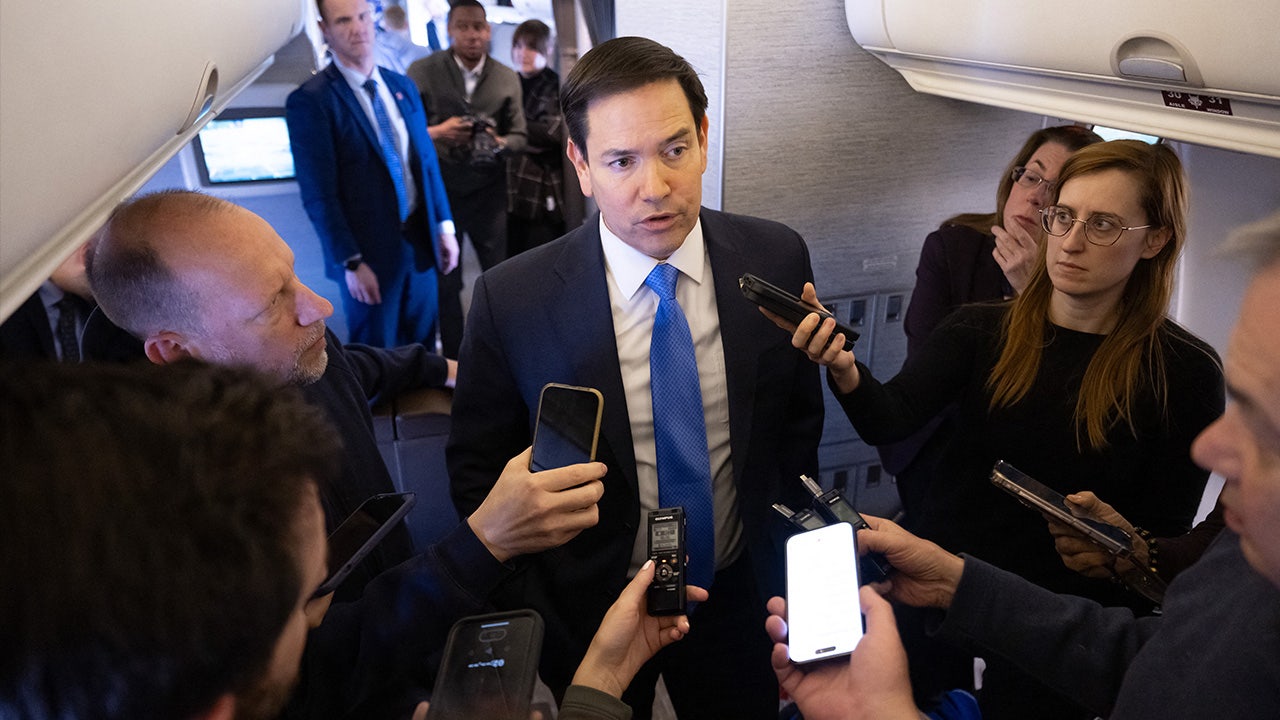
Secretary of State Marco Rubio told reporters on Monday that the mineral deal, sought by President Donald Trump, is “not the main topic on the agenda” for the meeting set with the Ukrainian delegation in Saudi Arabia on Tuesday.
“I wouldn’t prejudge tomorrow about whether or not we have a minerals deal,” he told reporters on board a flight to Saudi Arabia. “It’s an important topic, but it’s not the main topic on the agenda.
“The minerals deal is on the table that’s continuing to be worked on – it’s not part of this conversation, per se,” he said, noting that Tuesday’s meeting in Jeddah can be considered successful even without securing such an agreement.
Secretary of State Marco Rubio speaks with the media on his military airplane as he flies to Jeddah, Saudi Arabia, March 10, 2025. (Saul Loeb/Pool/AFP via Getty Images)
LITHUANIAN DEFENSE MINISTER: ONLY WAY TO NEGOTIATE WITH RUSSIA IS WITH A ‘GUN ON THE TABLE’
“It’s certainly a deal the president wants to see done, but it doesn’t necessarily have to happen tomorrow,” Rubio added.
The Ukrainian delegation is set to include Andriy Yermak, head of the presidential office, Andrii Sybiha, minister of foreign affairs, Pavlo Palisa, colonel of armed forces of Ukraine and an advisor to Ukrainian President Volodymyr Zelenskyy, as well as Defense Minister Rustem Umerov, who was not only involved in initial talks with Russia following its February 2022 invasion, but who also survived a poisoning attack after a peace meeting in March that year.
Rubio will meet with the delegation in the city of Jeddah around noon local time on Tuesday.
“The important point in this meeting is to establish clearly their intentions, their desire, as they’ve said publicly now, numerous times, to reach a point where peace is possible,” Rubio said, adding that he will need to be assured that Kyiv is prepared to make some hard decisions, like giving up territory seized by Russia, in order to end the three-year war.

Ukraine’s National Police said seven people are dead and five wounded in a mortar strike east of Kyiv, in Makariv. (National Police of Ukraine)
“Both sides need to come to an understanding,” he said. “The Russians can’t conquer all of Ukraine, and obviously it will be very difficult for Ukraine, in any reasonable time period, to sort of force the Russians back all the way to where they were in 2014. So the only solution to this war is diplomacy and getting them to a table where that’s possible.
“Then we’ll have to determine how far they are from the Russian position, which we don’t know yet either. And then once you understand where both sides truly are, it gives you a sense of how big the divide is and how hard it’s going to be,” Rubio explained. “I’m hoping it’ll be a positive interaction along those lines.”
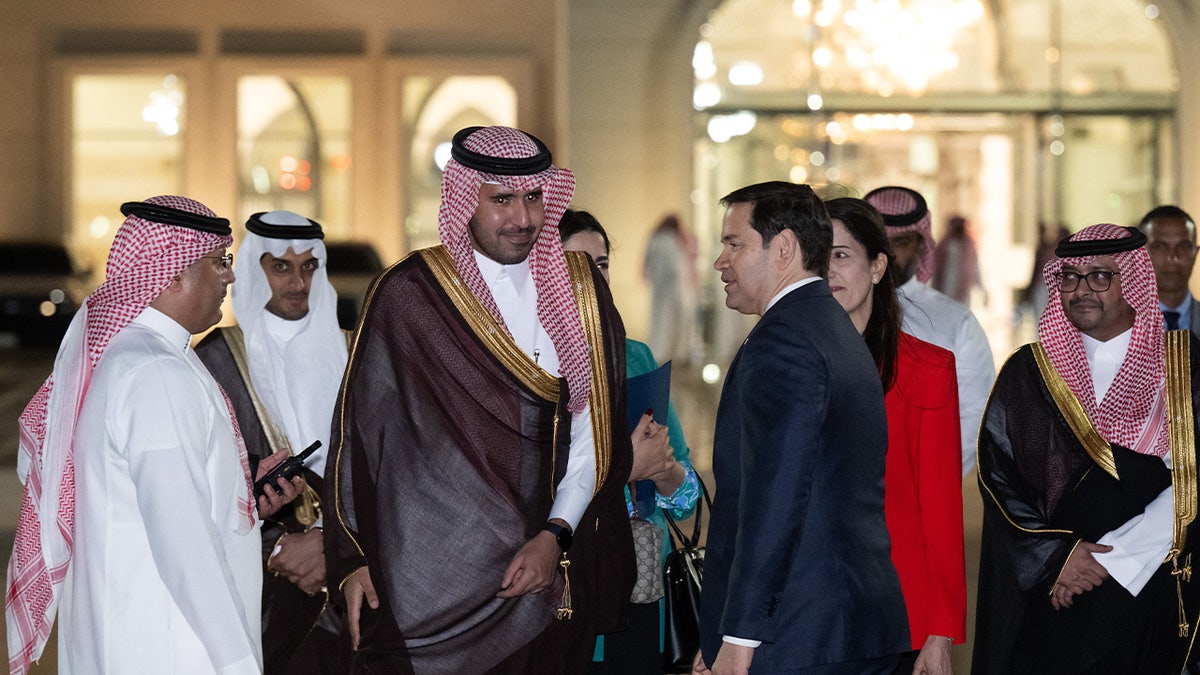
Secretary of State Marco Rubio greets well-wishers upon arrival at King Abdulaziz International Airport in Jeddah on March 10, 2025. (Saul Loeb/Pool/AFP via Getty Images)
EU CHIEF DIPLOMAT WARNS TRUMP PUTIN ‘DOESN’T WANT PEACE’
Steve Witkoff, special envoy to the Middle East who has increasingly been involved with the talks regarding Ukraine and Russia, told Fox News’ Dana Perino on “America’s Newsroom” Monday morning, that the Trump administration has “gone a long way” to “narrow the differences” when dealing with Moscow and to get it to the negotiating table – though he did not go into detail.
Witkoff suggested relations with Ukraine began to once again improve after Zelenskyy sent Trump a letter in which he apologized for the Oval Office exchange that went sour late last month after he refused to sign a mineral deal and angered the Trump administration – resulting in a series of explosive outbursts on live TV.
While a mineral deal is unlikely to be achieved this week, according to Rubio, he said he hopes that with a successful meeting in Jeddah, he can secure the resumption of aid to Ukraine, though he did not detail if this would include the defensive aid the Trump administration halted, despite Russia’s continued bombardment against Ukrainian targets, or the intelligence sharing which the U.S. also stopped following the Oval Office showdown.
“The pause in aid broadly is something I hope we can resolve,” Rubio said. “I think what happens tomorrow will be key to that.”
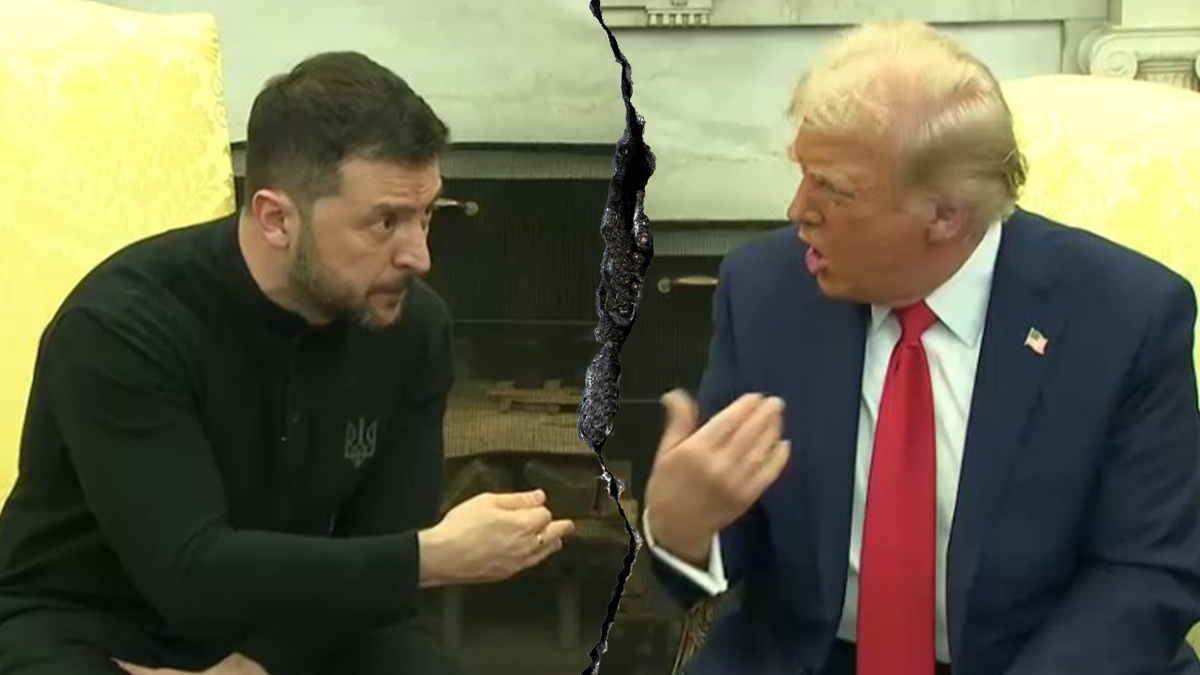
Trump and Zelensky were involved in an Oval Office shouting match. (Fox News )
Rubio also said that Russia will see its own consequences if it doesn’t agree to negotiate on ending the war in Ukraine, including additional sanctions.
“It should be clear to everyone that the United States has tools available to also impose costs on the Russian side of this equation,” Rubio said. “But we hope it doesn’t come to that.
“What we’re hoping is that both sides realize that this is not a conflict that can end by military means,” he added.
On Friday, in a posting on the Truth Social platform, Trump threatened Russia with “large scale Banking Sanctions, Sanctions and Tariffs,” until a ceasefire and peace settlement are reached.
World
French President Macron meets Moldovan counterpart Sandu for talks

Sandu warmly thanked the French President, adding Moldova was open for business, which will not just profit France but all EU member states.
French President Emmanuel Macron met his Moldovan counterpart Maia Sandu at the Elysee Palace in Paris on Monday evening.
Macron reiterated French support for Moldova in the context of Russia’s war of aggression against Ukraine as well as their accession bid to the European Union.
Sandu told reporters that: “Russia breaks every promise. It pledged to withdraw its illegal troops from our territory by 2002. Never did. It cut off gas, violating its own supply contract.”
“It imposes embargoes on Moldovan produce, ignoring trade agreements. It interfered in our elections, flouting basic bilateral principles. These aren’t isolated acts.”
She concluded by saying Moldova hopes to achieve EU membership by the end of the decade. ”EU accession is not just the destination. It is the path to a stronger country.”
Her arrival in Paris comes ahead of a Tuesday vote on a new €1.9 billion Reform and Growth Instrument for Moldova, to accelerate the country’s socio-economic reforms, strengthen its resilience and promote its integration into the EU through grants and low-interest loans.
The European Parliament also said it will open an office in Moldova to further strengthen Parliament’s engagement in the Eastern Partnership region.
-
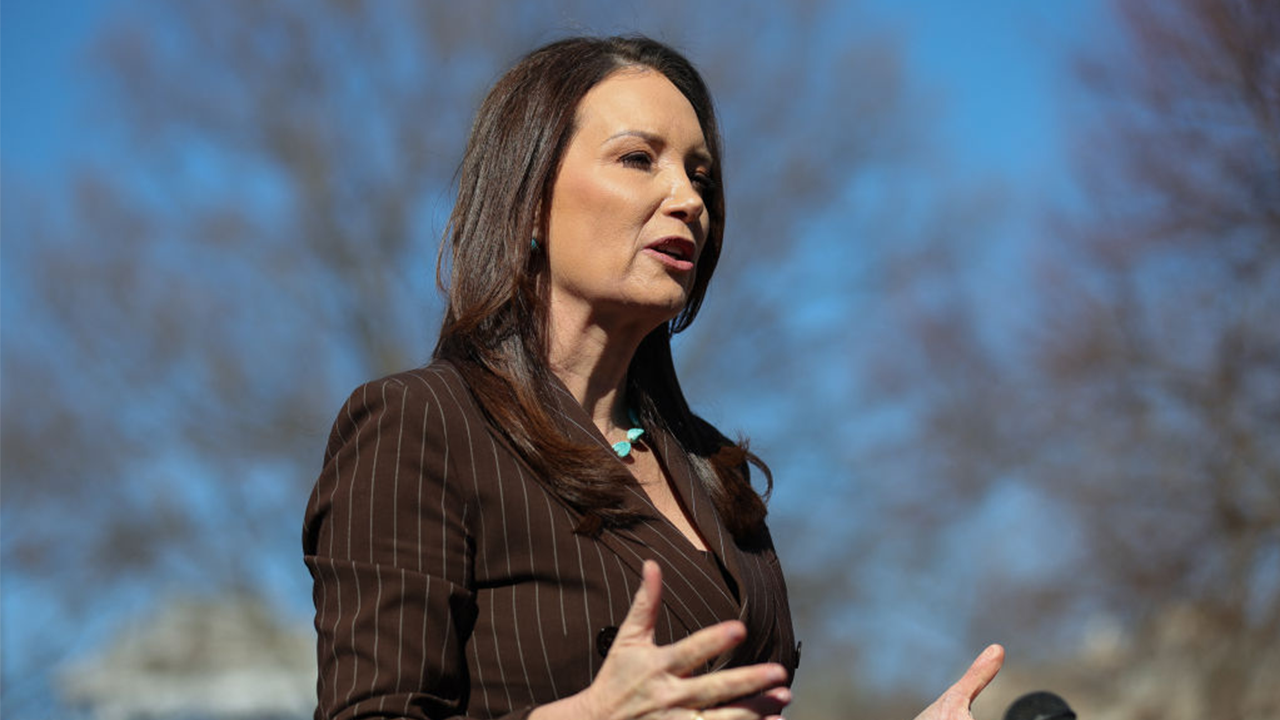
 Politics3 days ago
Politics3 days agoAgriculture secretary cancels $600K grant for study on menstrual cycles in transgender men
-

 Politics2 days ago
Politics2 days agoRepublicans demand Trump cut American legal association out of nominee process
-
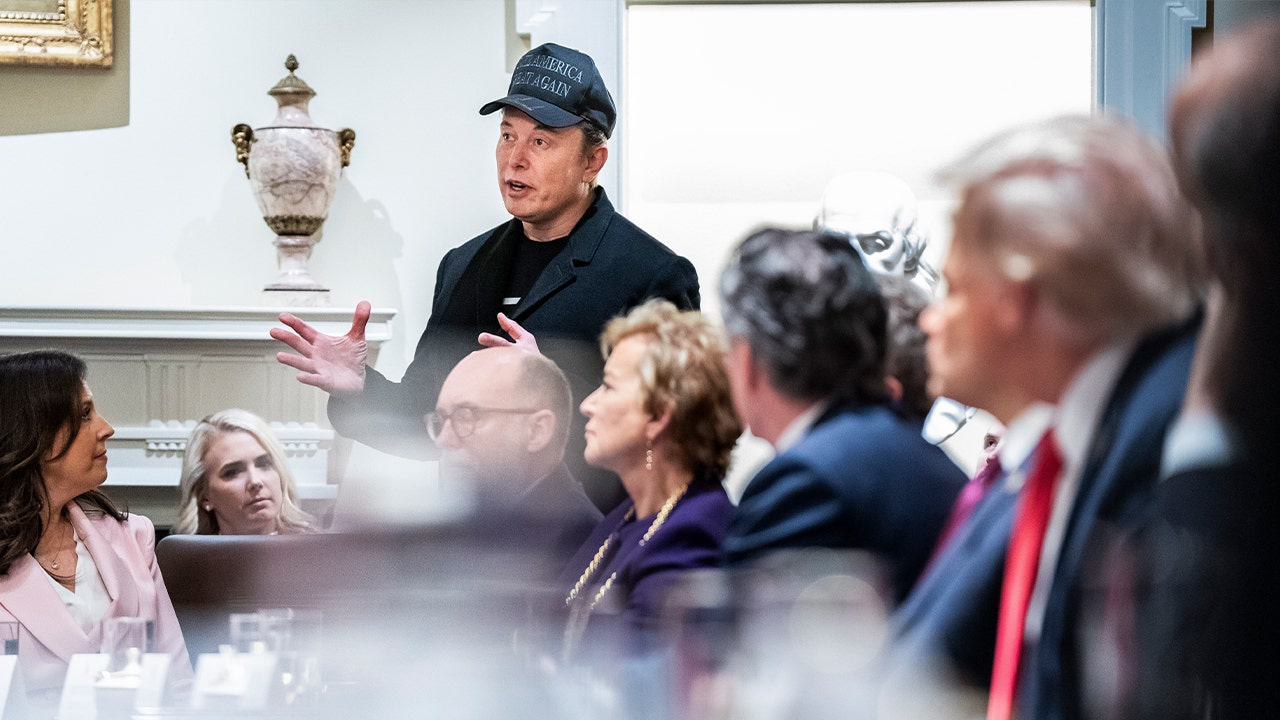
 Politics1 week ago
Politics1 week agoOPM's second email to federal employees asks what they did last week — and adds a new requirement: report
-

 News2 days ago
News2 days agoGene Hackman Lost His Wife and Caregiver, and Spent 7 Days Alone
-
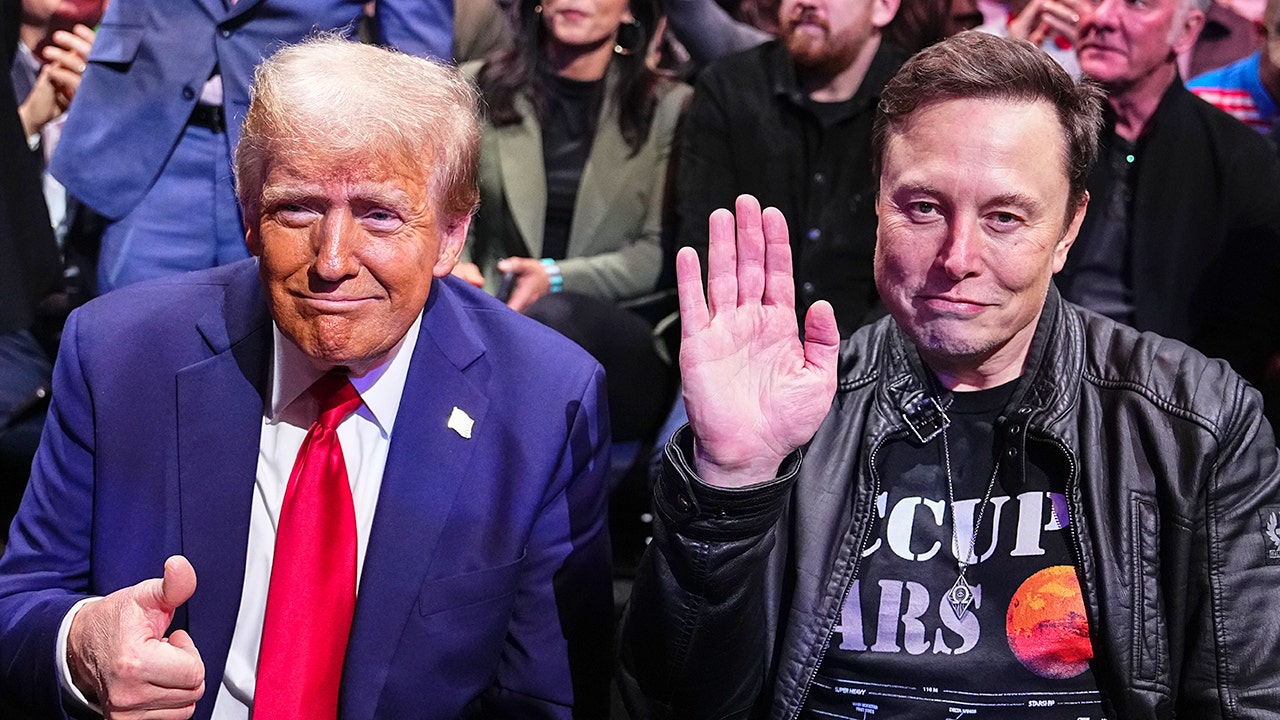
 Politics6 days ago
Politics6 days agoEXCLUSIVE: Elon Musk PAC thanks Trump for 'saving the American Dream' in new million-dollar ad
-

 News3 days ago
News3 days agoStates sue Trump administration over mass firings of federal employees
-

 News3 days ago
News3 days agoTrump Seeks to Bar Student Loan Relief to Workers Aiding Migrants and Trans Kids
-

 News1 week ago
News1 week agoICE is making more arrests, but critics say some claims don't add up




